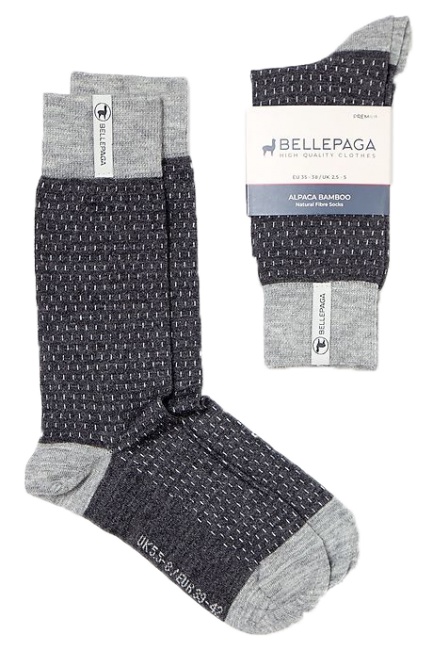The main causes of cold feet
The main causes of cold feet

It is important to know that cold feet syndrome generally affects women between 15 and 40 years old. It is 75 to 90% of cases, that women in particular, have constantly cold feet. Indeed, women are more involved in this problem than men because men simply have more muscle mass than women.
The causes of cold feet related to health :
One of the primary causes of cold feet may be related to poor blood circulation, which makes the extremities of the body, including the feet, cold. Circulation problems can result from heart disease. This happens when the heart has trouble pumping blood through the body at a fast enough rate. Poor circulation can also be the result of an overly sedentary lifestyle. For example, if you sit at a desk all day to work, you are likely to experience cold feet. Smoking can also cause poor circulation.
Anemia can also be one of the main causes of cold feet in many people. Anemia develops when you have a shortage of red blood cells. This is another common cause of cold feet syndrome, especially in severe cases of anemia. Iron deficiency anemia can occur even in very healthy people. It can be treated relatively easily with changes in diet and by taking supplements.
Diabetes can also cause not only cold feet to the touch, but also cold feet due to nerve damage. Other symptoms may include numbness or tingling in the feet. If you experience symptoms of nerve damage in your feet, see your doctor to take precautions.
Hypothyroidism is a condition that occurs when the thyroid gland is underactive and does not produce enough thyroid hormones. This interferes with the body's metabolism. Since metabolism controls both heart rate and body temperature, an underactive thyroid may contribute to reduced blood flow and colder feet.
Raynaud's disease is known to make feet cold, and affects 5 to 6% of the population. It is a hereditary disease that causes a cold and a dead finger sensation that mainly affects the fingers of the hand bilaterally and symmetrically.
Stress, smoking and alcohol have a vasoconstrictive effect and are therefore aggravating factors in the feeling of cold.
3 remedies to combat cold feet
To remedy against cold feet, it is necessary to choose your socks well:
They must insulate the foot and absorb perspiration. It is especially important to avoid synthetic materials and prefer natural materials such as alpaca wool, cotton with Scottish yarn, wool, or silk.
You can also consider technical socks sold in sports stores. You can put two thin pairs of socks on top of each other as long as they are of different sizes so as not to compress the foot.
But beware! Just because you're wearing thick diapers or socks doesn't mean your feet will get warm. In general, this mistake leads to perspiration and poor blood circulation in the foot.
To sleep, it is not recommended to wear socks that will make you sweat, soak and compress.
Creams can help you fight this hell:
Apply a suitable cream before going out. Massage your feet with an anti cold and humidity cream with vitamin A (Akilenjur, for example).
Also do this massage every night with a dry feet repair cream (the cold dries out the skin and cracks it) in a strong way to activate the circulation.
Massages will relax and warm you up!
Massage your cold feet with a golf ball. Roll a golf or tennis ball under your arch for 5 minutes a day, you will boost microcirculation and your feet will no longer feel cold.
It also works by doing 5 minutes of proprioception exercises (going up and down on your toes), which will also help you work on your balance.
Cold weather socks from BellePaga
BellePaga, the Brussels brand that can be found on www.bellepaga.com, offers you baby alpaca wool socks that give you a feeling of comfort and softness like you've never felt before.
Baby alpaca wool offers a maximum of softness and warmth.
It is known internationally and presented as the finest and most luxurious wool in the world. It has many virtues such as resistance (4 times more resistant than sheep), softness, warmth (7 times warmer than sheep wool), waterproofing and it is a hypoallergenic fiber.
In short, "Baby Alpaca" corresponds to the fiber of Alpaca which is between 18 and 22 microns. It is a very fine fiber that represents the softest part of the Alpaca's hair. Moreover, alpaca fiber does not require chemical treatment, bleaching or dyeing and has many ecological virtues.
Discover all our baby alpaca wool socks from BellePaga, which will keep you warm all winter long, on www.bellepaga.com !






